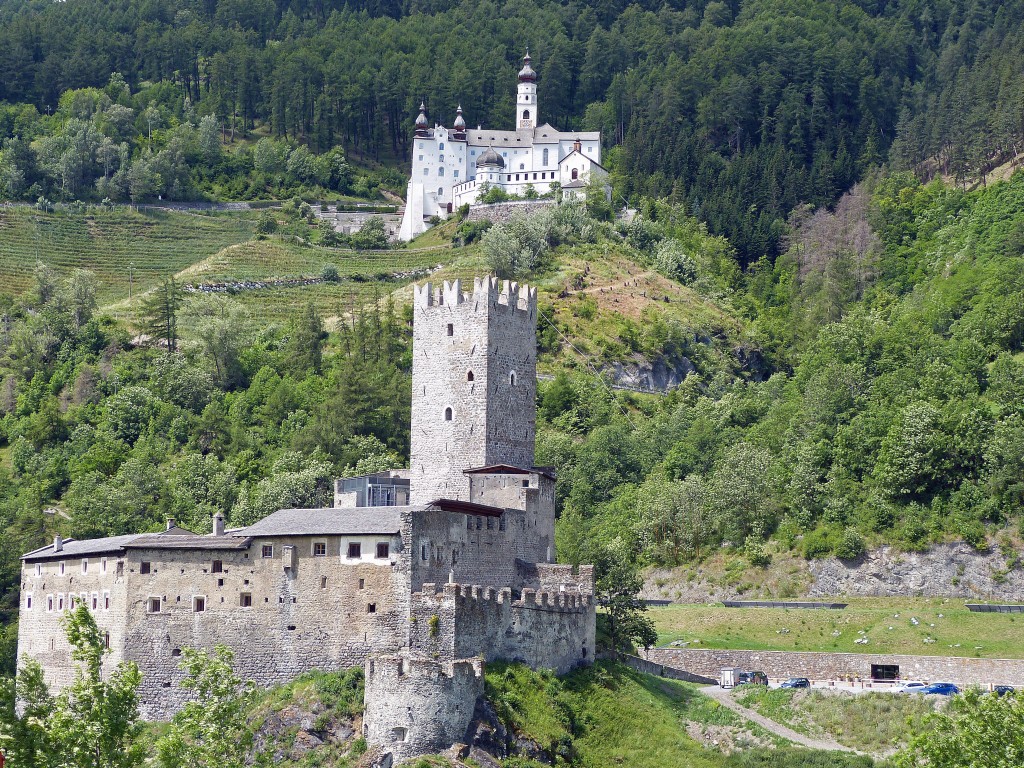Abbey of Monte Maria

The Abbey of Monte Maria in Val Venosta (Bolzano) is a 12th century Benedictine monastery in Baroque style in an evocative landscape with a museum and a gift shop.
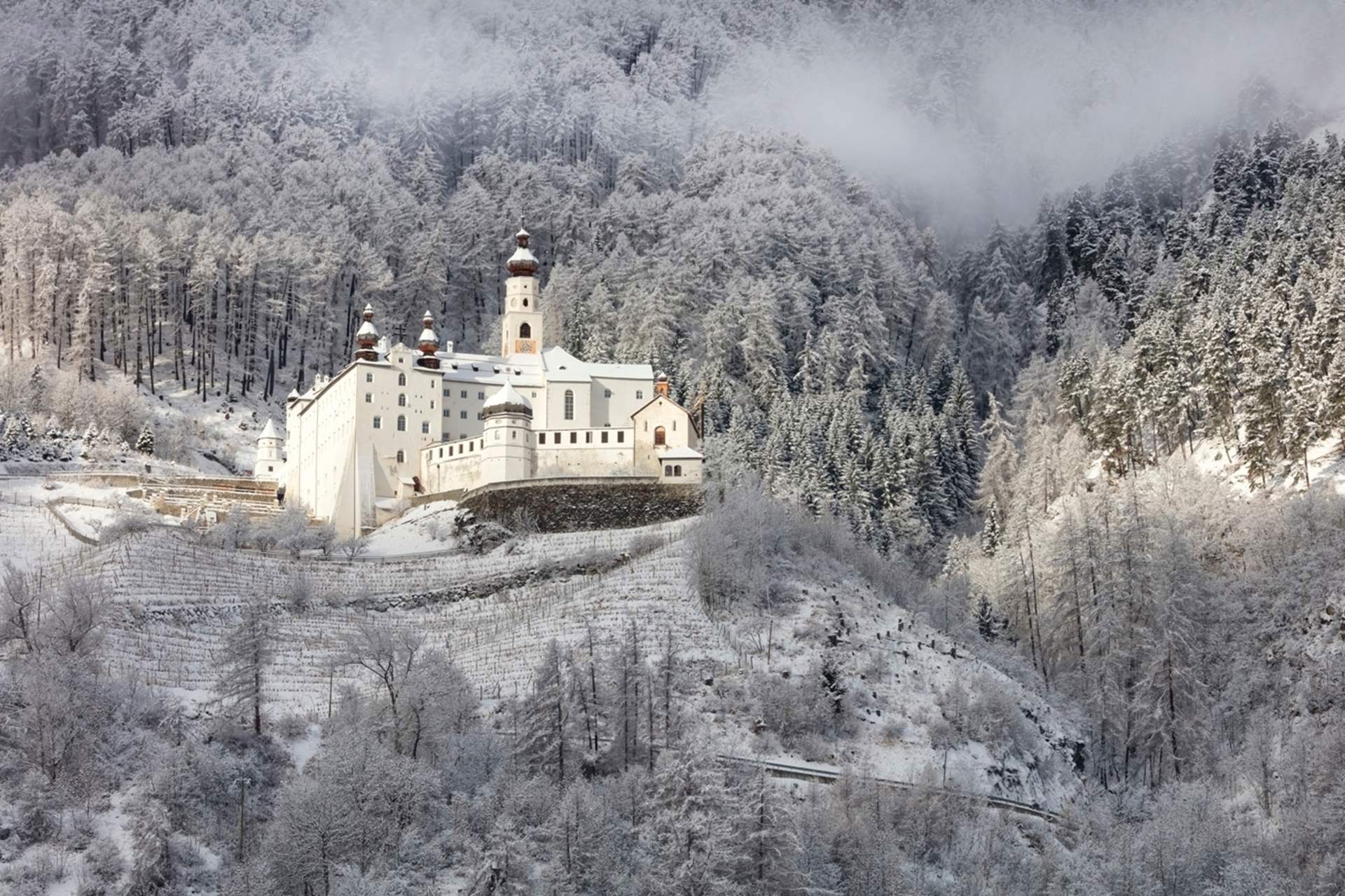
The abbey was founded by the Tarasp nobles in the 12th century, or around 1150, in the same place where a small chapel dedicated to the Virgin Mary once stood and their late 11th century monastic foundation here transferred from Scuol-Schuls in the Engadine.
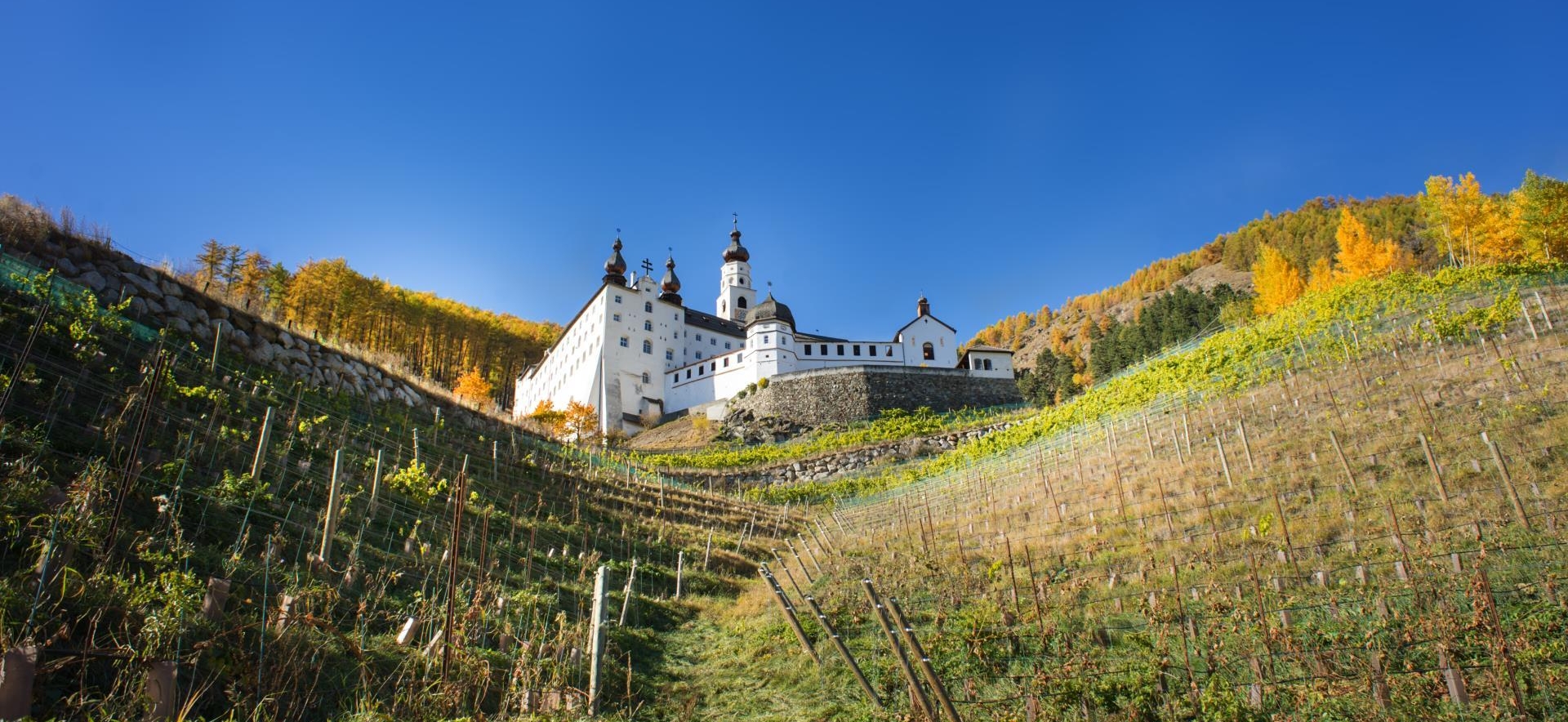
The monk Goswin in the second half of the fourteenth century wrote a history of the monastery, the Registrum monasterii Montis sancti Marie.
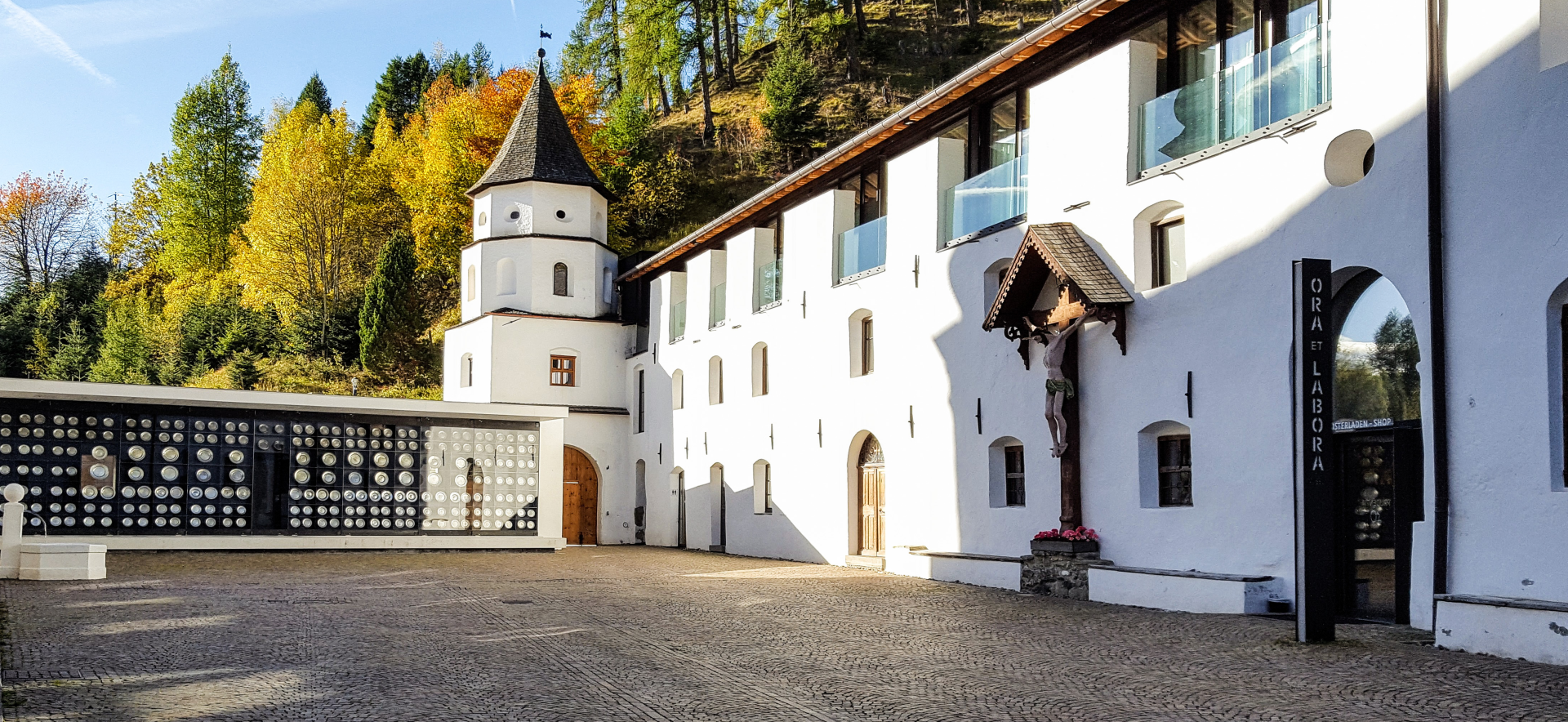
In addition, he rearranged the archive, extending various documentary registers that preserve the rich medieval documentation of the monastery to this day.
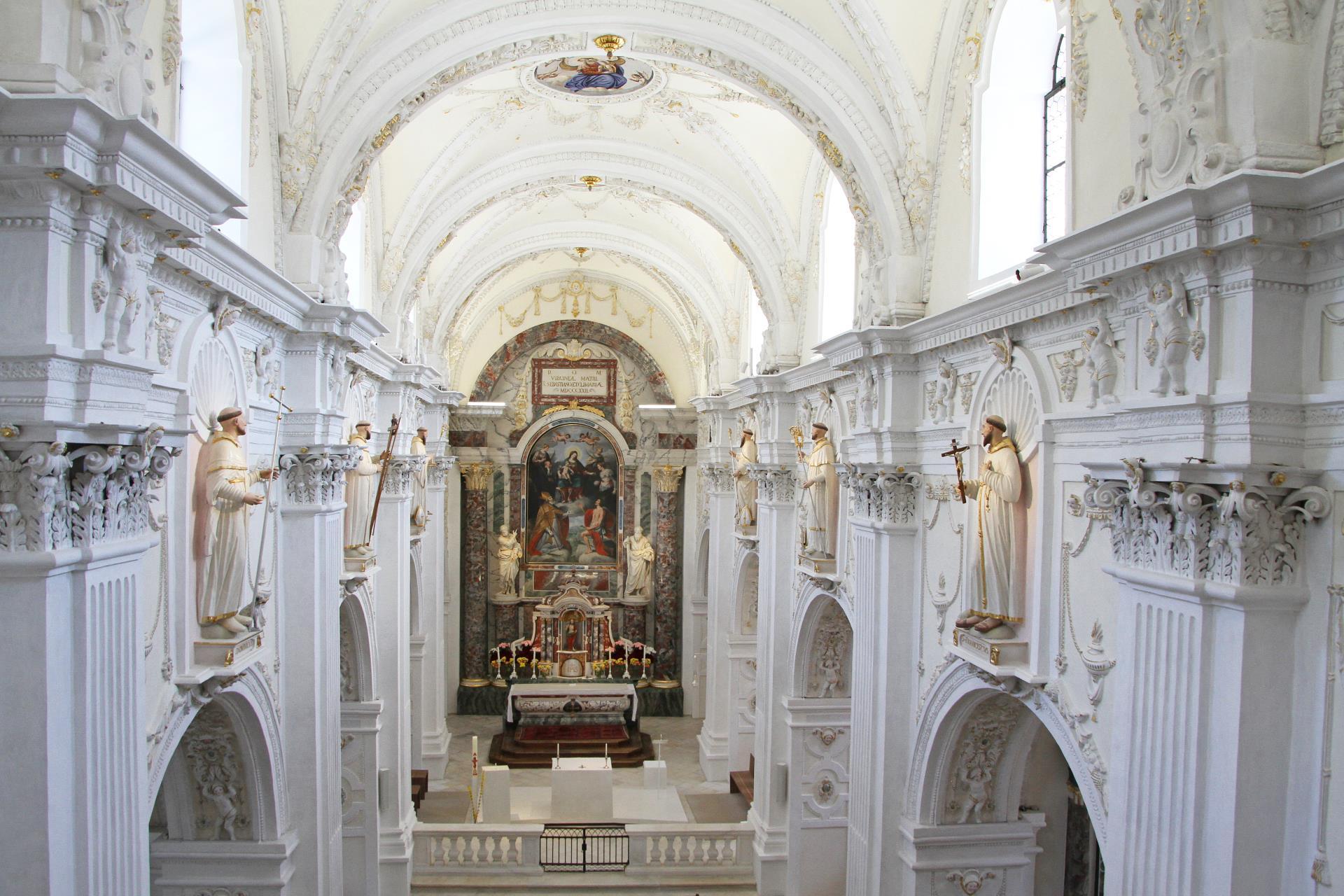
Over the years the abbey was devastated by two fires, and also by the black plague of 1348, which reduced the number of monks to only four presences. This put at risk the survival of the structure, which nevertheless remained open thanks to the Duke of Tyrol and the Holy Father.

Later under Abbot Matthias Lang (1615-1640), transferred from the Weingarten abbey, a monastery in the Germanic region of Württemberg, the monastery followed a good period of recovery.
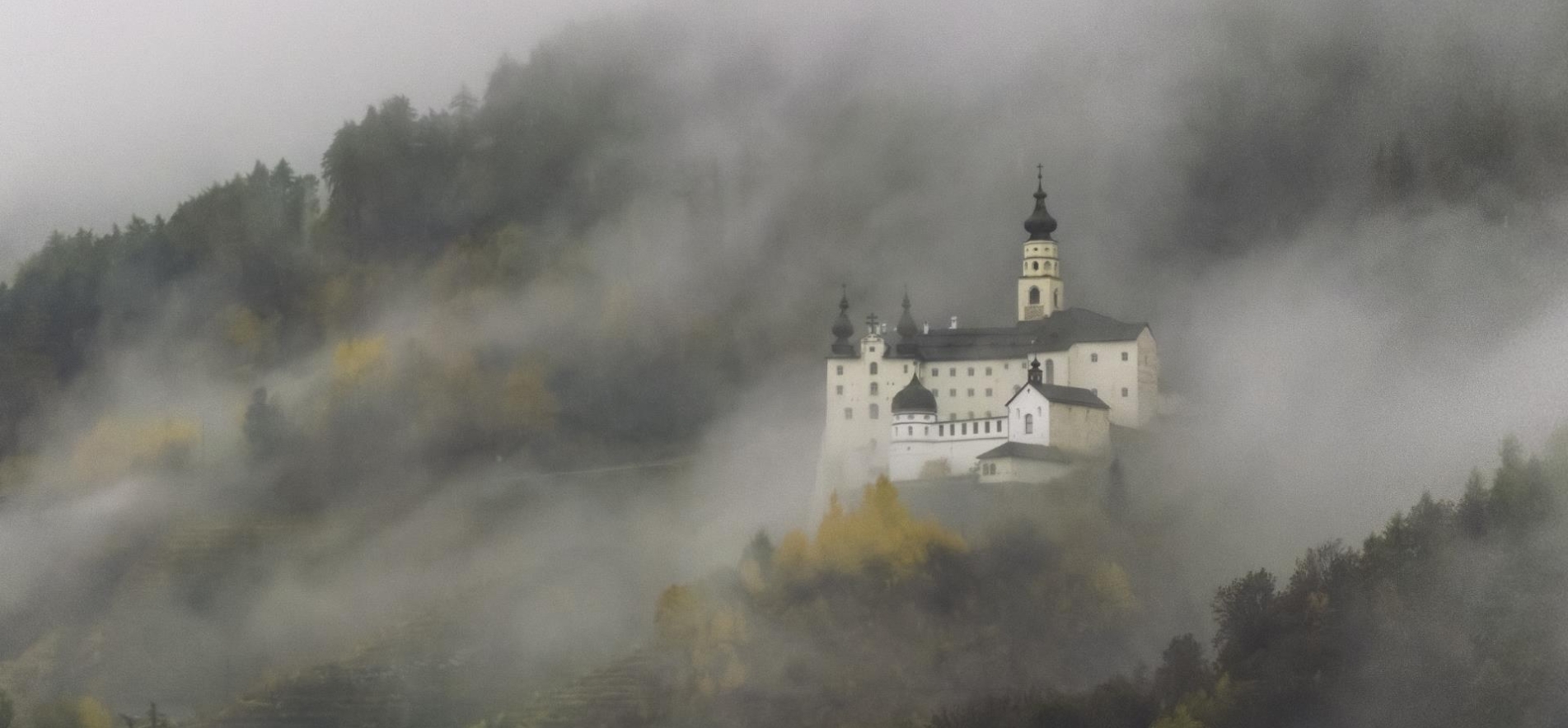
Subsequently in 1647 the complex was architecturally revisited in a Baroque key and so today the Baroque church represents the only example of a basilica with three colonnaded naves in Val Venosta.
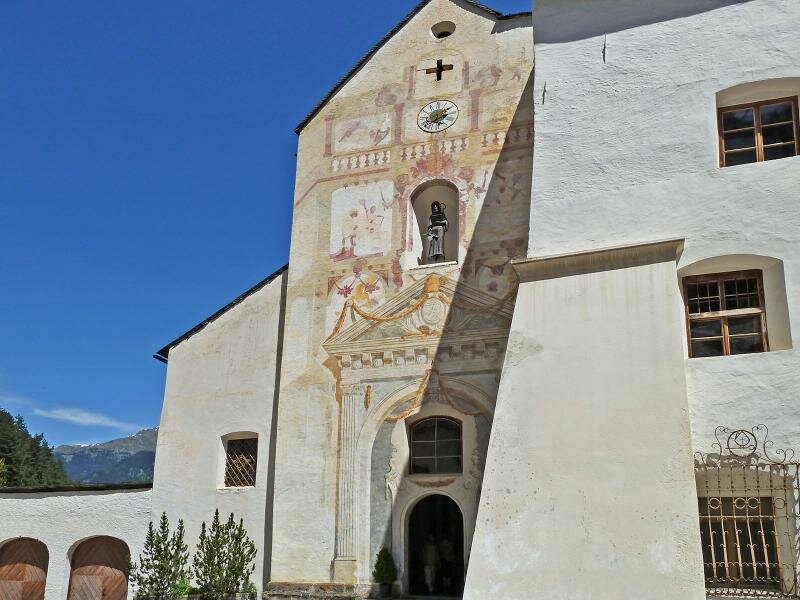
It was in 1724 that the monks decided to open a gymnasium near Merano together with a boarding school for students. During the Napoleonic period, precisely in 1807, the government of Bavaria decided to suppress the monastery, and almost all the monks were transferred to the Fiecht monastery in Schwaz in Austria. Thus it was that the monastery of Monte Maria was partially sacked. After the fall of Napoleon, Emperor Francis I of Austria decided to reopen the religious structure, and therefore also the gymnasium of Merano. The difficult task of restarting the religious and educational life, as well as the recovery of the stolen works, was entrusted to Abbot Carl Mayr (1816–1855).
Over the years there were several students of the gymnasium who became famous, including: professors Pius Zingerle, Albert Jäger, Beda Weber and the musician Magnus Ortwein. Pius Zingerle, after becoming a monk, was called as a teacher of oriental languages ??(including Arabic, Hebrew and Syrian) by the Sapienza University of Rome. Jäger was the representative of Tyrol in the Frankfurt Parliament, the constituent assembly of the German unitary state.
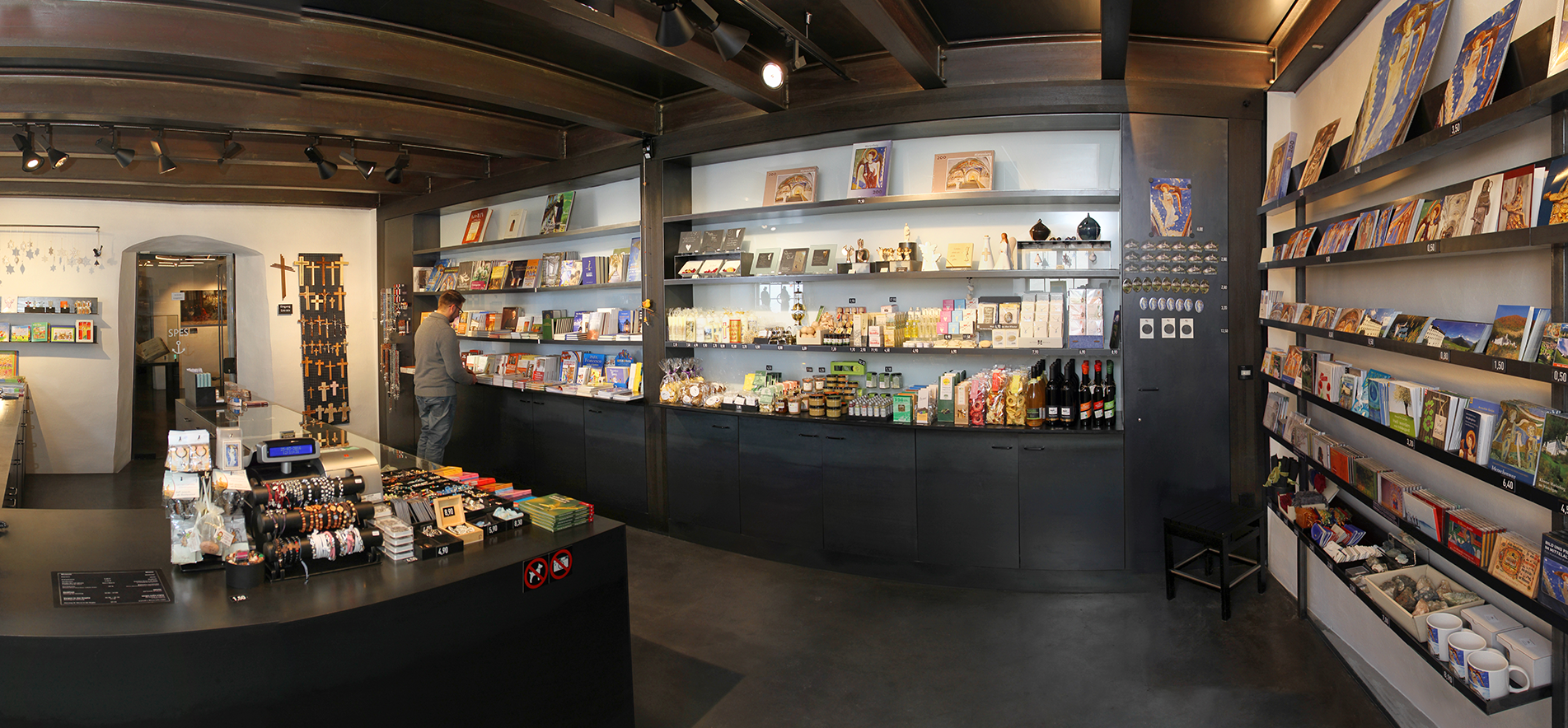
After the coming to power of fascism, the monks had to abandon the gymnasium in Merano. Only at the end of the Second World War, precisely from 1946 to 1986, the Benedictines managed a middle school and a boarding school at their monastery.
Today the abbey belongs to the Benedictine Congregation of Switzerland.
Video: Abbey of Monte Maria
Map: Abbey of Monte Maria
Address: Schlinig 1, 39024
Malles Venosta (BZ) Trentino Alto Adige
Latitude: 46.70596182206708
Longitude: 10.52039623260498
Site: https://www.marienberg.it...
vCard created by: CHO.earth
Currently owned by: CHO.earth
Type: Building
Function: Monastery
Creation date: 25-12-2019 12:35
Last update: 11/07/2022
